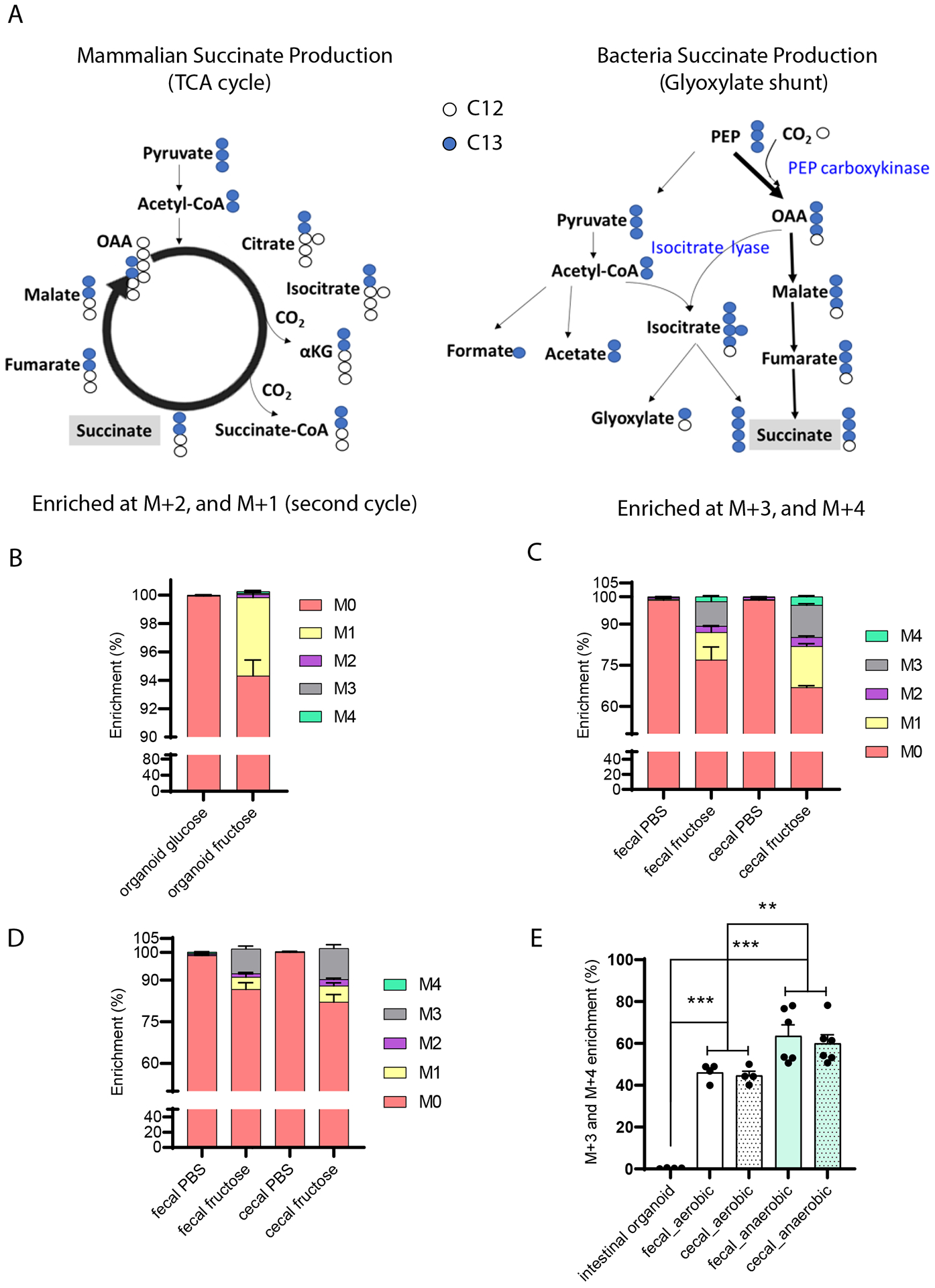Figure 4. Intestinal organoids compared with cecal and fecal contents generate distinct succinate labeling patterns from labeled precursors.

(A) Theoretical isotope-labeling patterns of succinate produced from C13-labeled three carbon substrates in mammalian cells versus bacteria. Measured labeling pattern in (B) mammalian cells and (C, D) microbial enriched samples. Intestinal crypts and fresh cecal and fecal contents were harvested from 8-weeks-old male mice. Intestinal organoids were differentiated into enterocytes prior to treatment with 100 mM U-C13-fructose for 24 hours (n=3 per group). Freshly harvested cecal and fecal contents were cultured with 100 mM U-C13-fructose for 30 minutes in aerobic (C, n=4 per group) or anaerobic condition (D, n=6 per group). (E) Quantification of the ratio of M+3 and M+4 succinate to total labeled succinate in cultured intestinal organoids and cecal/fecal contents described in (B) and (C, D). Data represent means ± SEM. * p<0.05; ** p<0.01; *** p<0.001. Data were analyzed by two-way ANOVA and Bonferroni analysis for post hoc comparisons.
